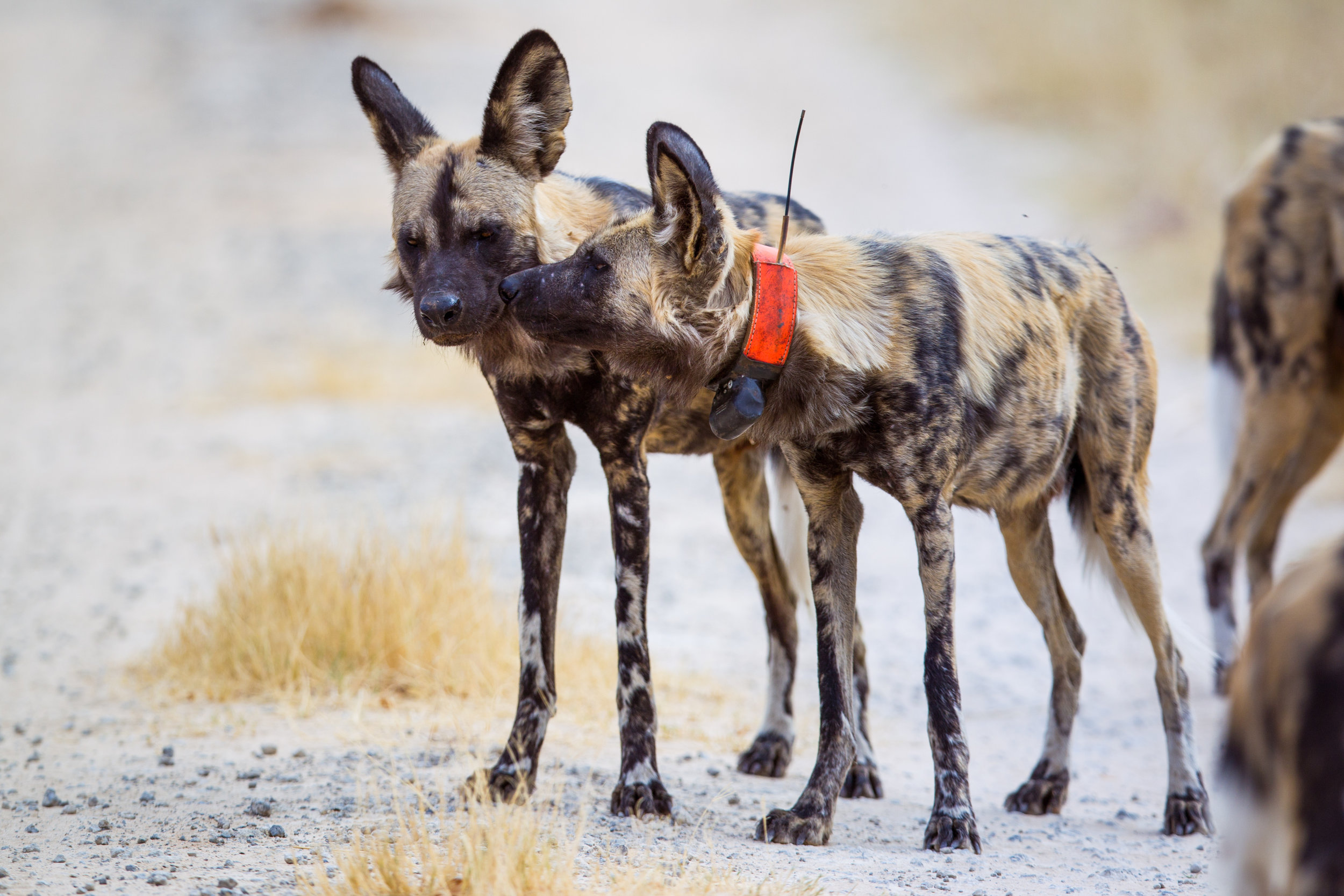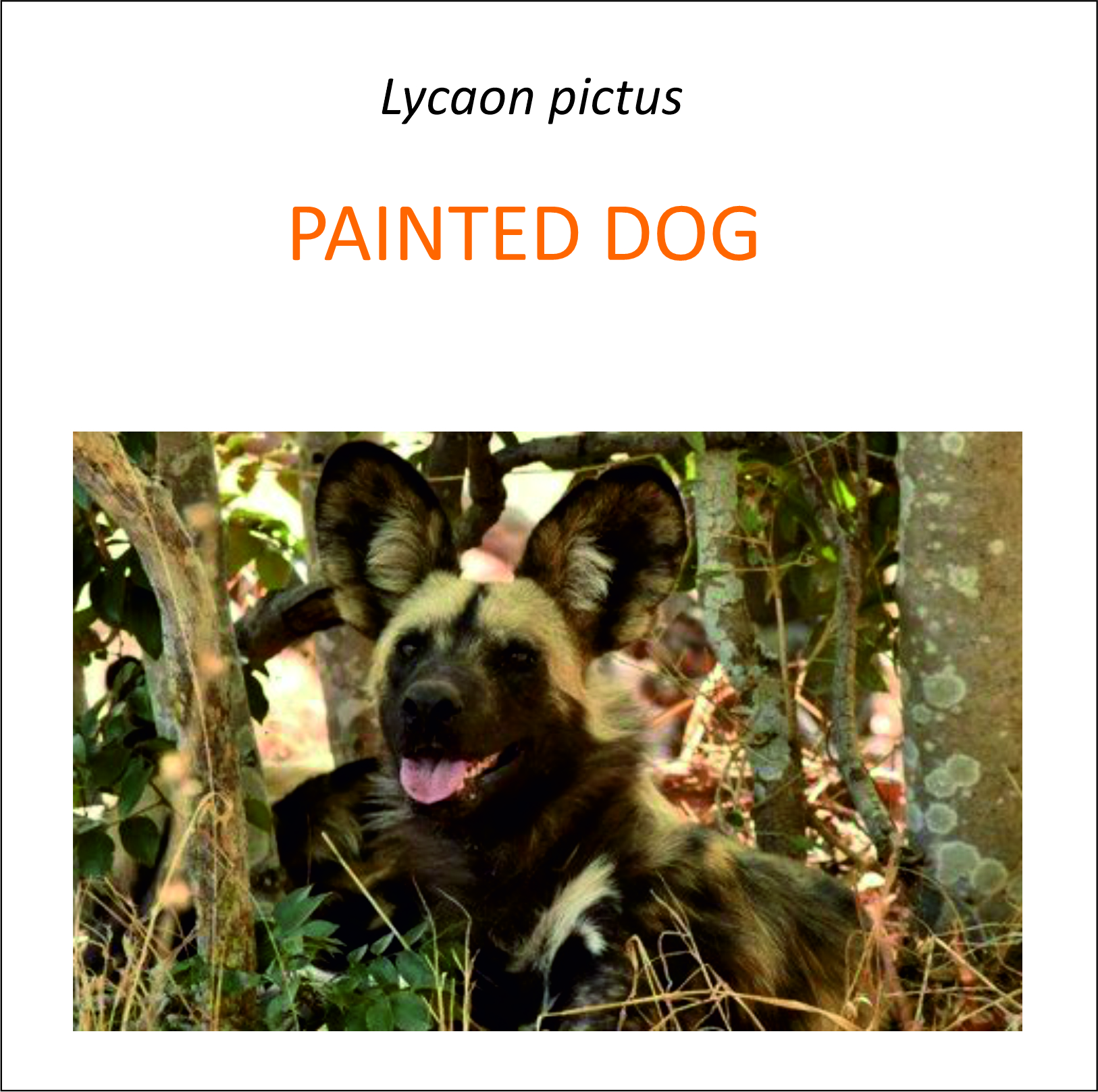Description
African wild dogs are among the most endangered species in Africa. There are just over 6,000 individuals left on the entire continent. Considering that they exist nowhere else in the world in the wild and the numerous threats they face, they can be considered one of the rarest large predators.
Wild dogs were more numerous and could be found in many African countries. Unfortunately, due to human activity, the situation of these extraordinary canids has significantly deteriorated. The greatest threats include habitat loss and viruses spread by domestic dogs, such as rabies and distemper, which are highly lethal to wild dogs. Entire litters, and even adult individuals, often die.
For wild dogs’ numbers to increase, broader protection is needed. Saving them in reserves alone is not possible, as they are highly mobile animals—they can cover considerable distances, extending far beyond protected areas. There, they are exposed to conflict with humans seeking to protect their flocks of sheep and goats, and the risk of contracting diseases from domestic dogs also increases significantly. Road accidents and numerous snares—widespread poaching—also contribute to these threats.
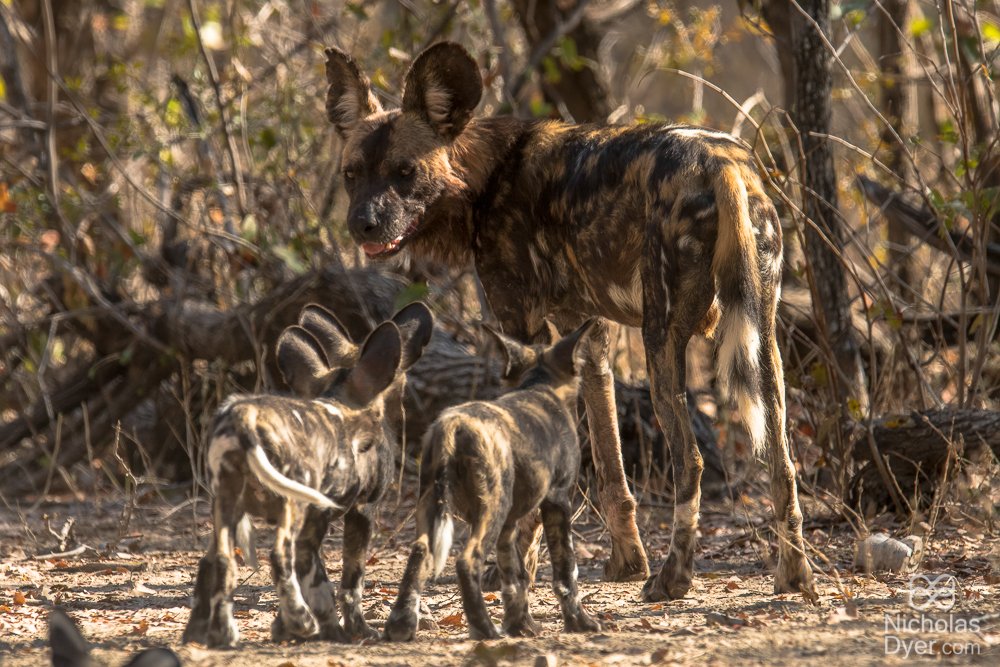

Wild dogs are among the most social predators. They live in large groups, sometimes numbering more than a dozen individuals. Only one pair breeds, but other members of the group help raise the pups and forage for food. Wild dogs hunt in highly organized and effective ways. This is primarily due to their excellent communication skills – they produce a wide variety of sounds, each of which has a meaning, and their large ears are excellent at picking them up. This communication, even when the group is dispersed, is particularly important in densely overgrown areas, such as tall grass or bushland. Wild dogs can also produce warning calls, enabling all members to react in time and escape larger predators such as lions, hyenas, and leopards.
While hunting, wild dogs are not only highly effective communicators but also very fast and persistent runners. They can sprint at speeds of up to 65 km/h and over 50 km/h, even for several kilometers. Unfortunately, such excellent adaptive features cannot protect wild dogs from the threats posed to them by humans.
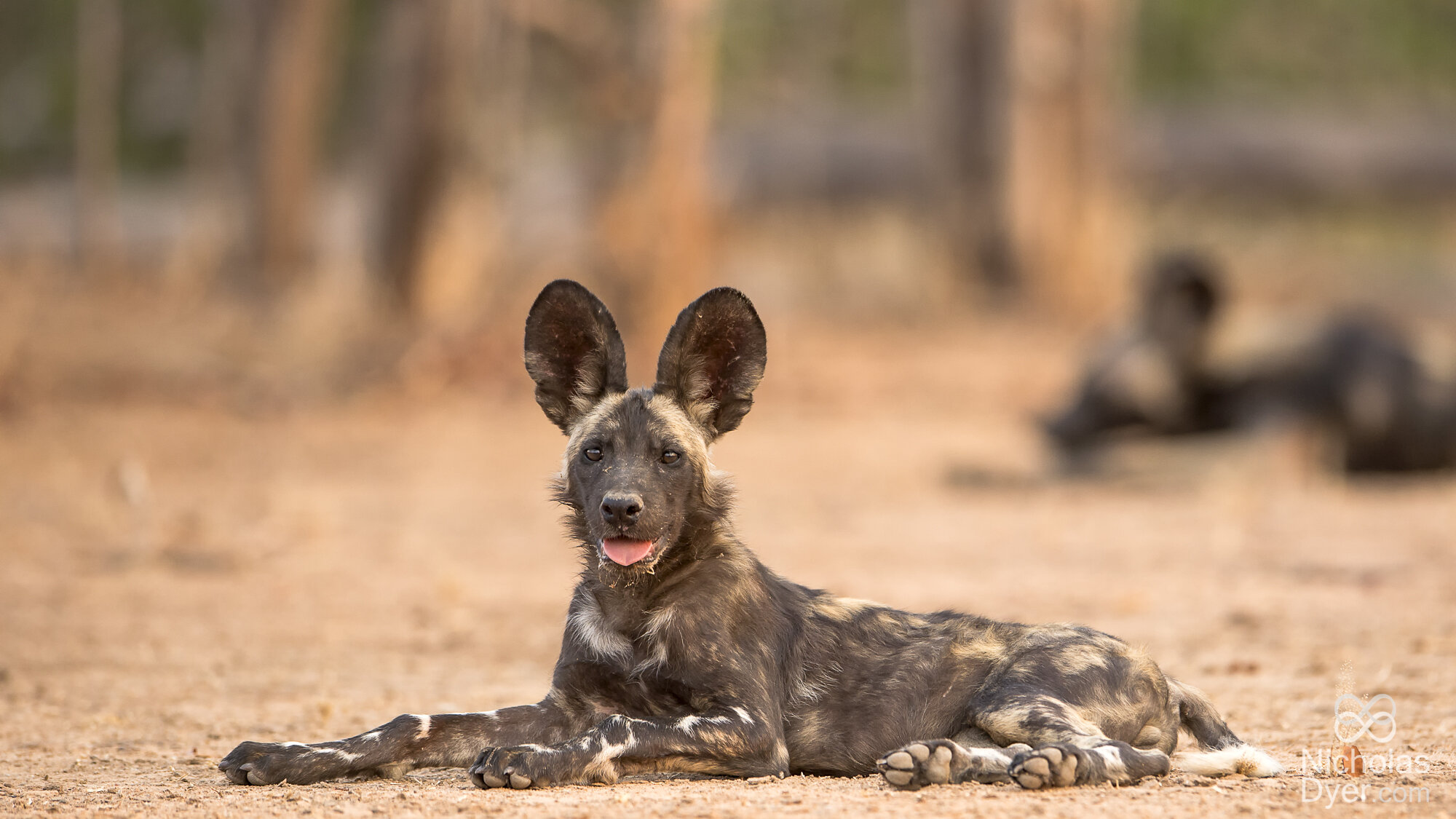
What do we do?
We financially support Painted Dog Conservation’s activities in Zimbabwe. There are approximately 700 wild dogs there, which require protection through collaboration with local residents, education, and various assistance programs. The first is anti-poaching. The country’s economy is struggling, which has led to increased illegal hunting of wildlife. Wild dogs have been particularly hard hit because, compared to many other species, they travel considerable distances and are much more likely to be trapped. To combat this, Painted Dog Conservation employs scouts, both men and women, in a special unit that has collected over 30,000 traps since 2001. This has helped save several thousand animals from death.
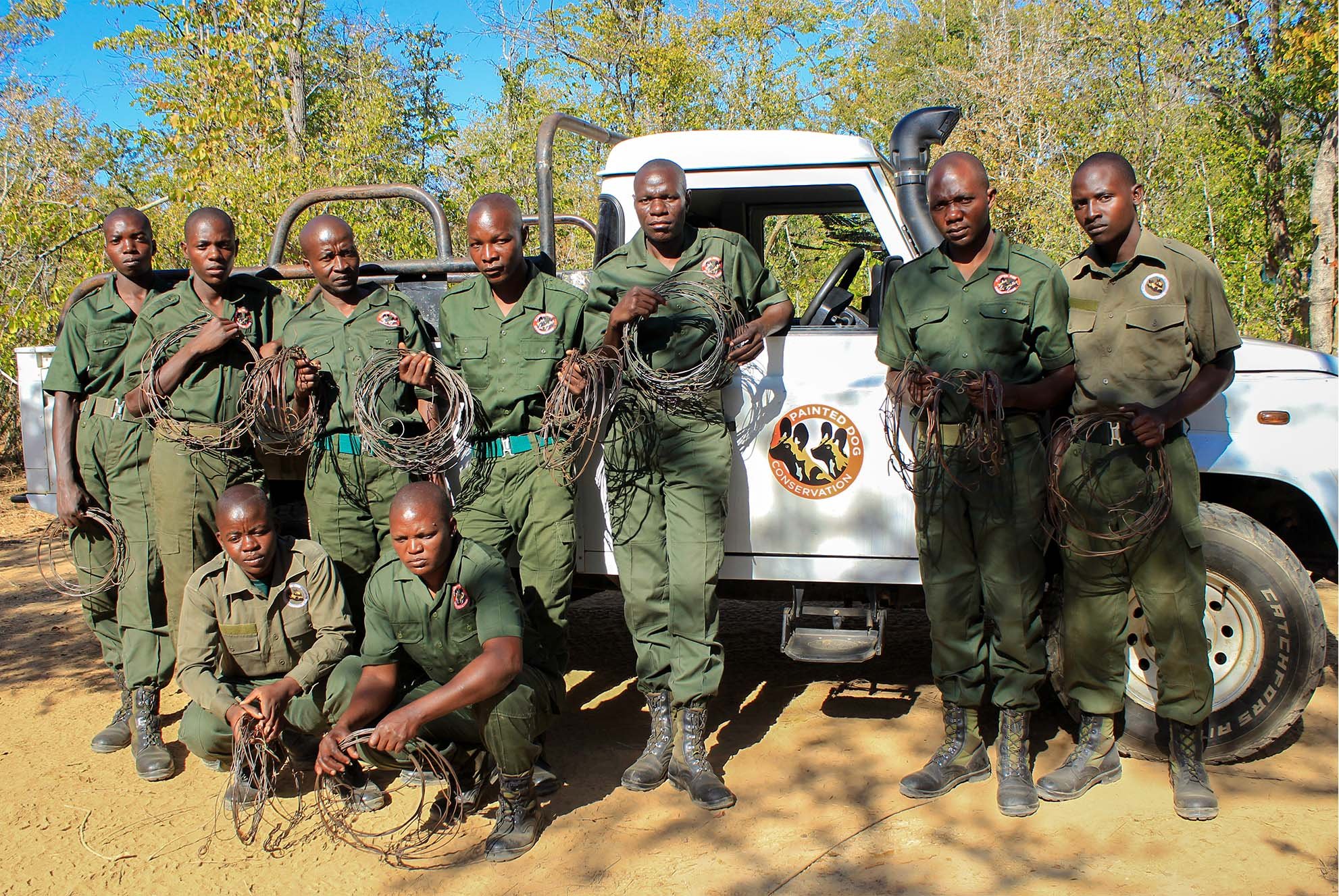
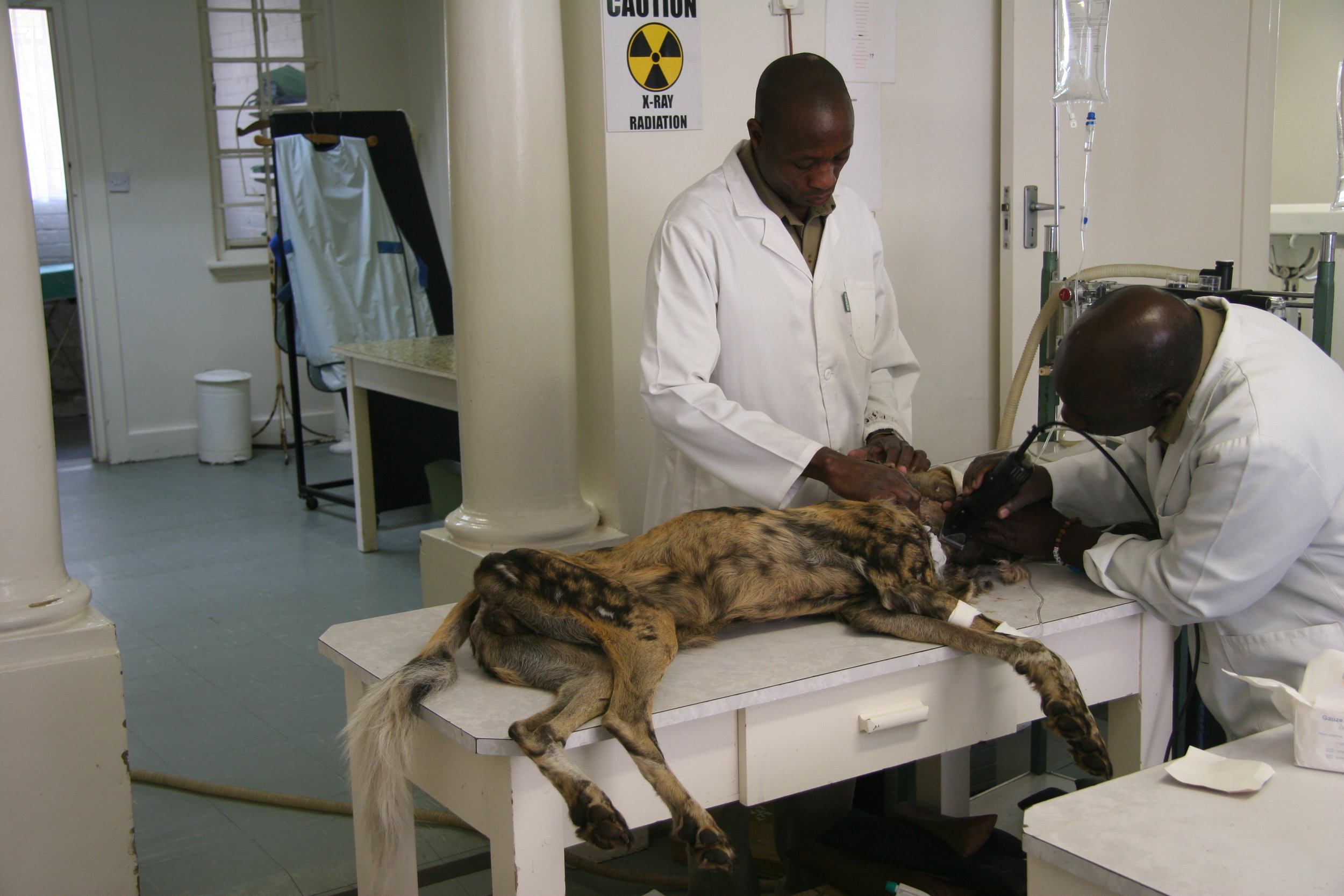
Another program, which is run by the project we support, is a rehabilitation center for wild dogs. It houses a veterinary clinic and eight enclosures, allowing injured, sick, or orphaned wild dogs to be rescued. They remain there until they regain health and independence, and then are released back into the wild. Organized visits are available, which helps improve the perception of wild dogs in local communities.
The third, equally important program run by Painted Dog Conservation is population monitoring. A deeper understanding of Painted Dogs is crucial for their more effective conservation. This includes the application of state-of-the-art radio collars, which allow for monitoring movements and locating animals in the event of injury or death. Such collars are particularly useful in groups of Painted Dogs believed to live in dangerous areas. Data is collected in a digital register and assigned to specific individuals, providing valuable information for the future. Additionally, whenever possible, blood and fecal samples are collected for DNA analysis. The project also conducts research on infectious diseases and parasites, and the results are used to inform future conservation plans. All these steps increase the chances that these uniquely colored and beautiful canids will survive in the savannah and bush of Zimbabwe.
